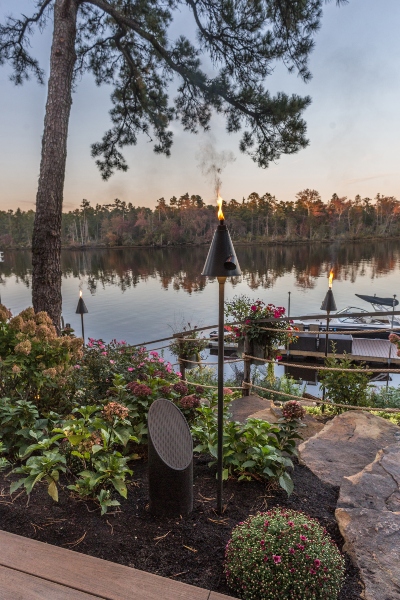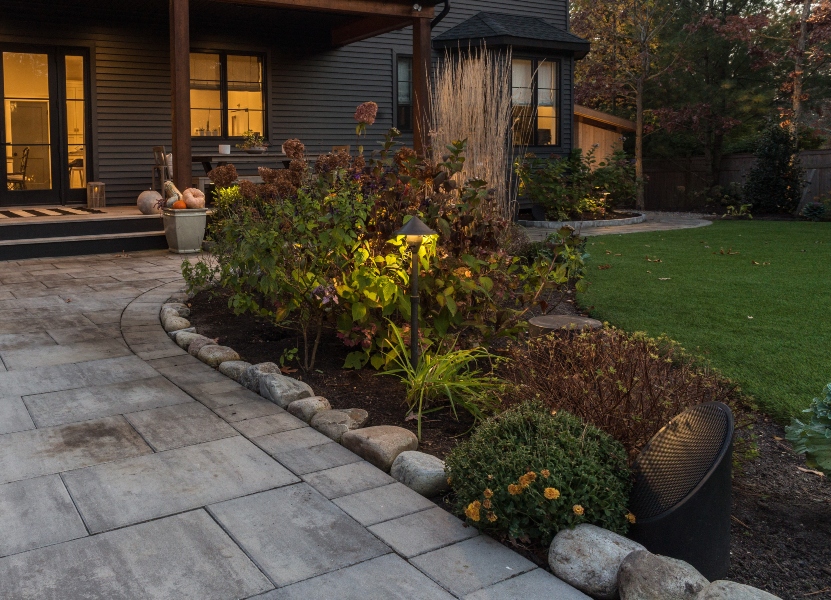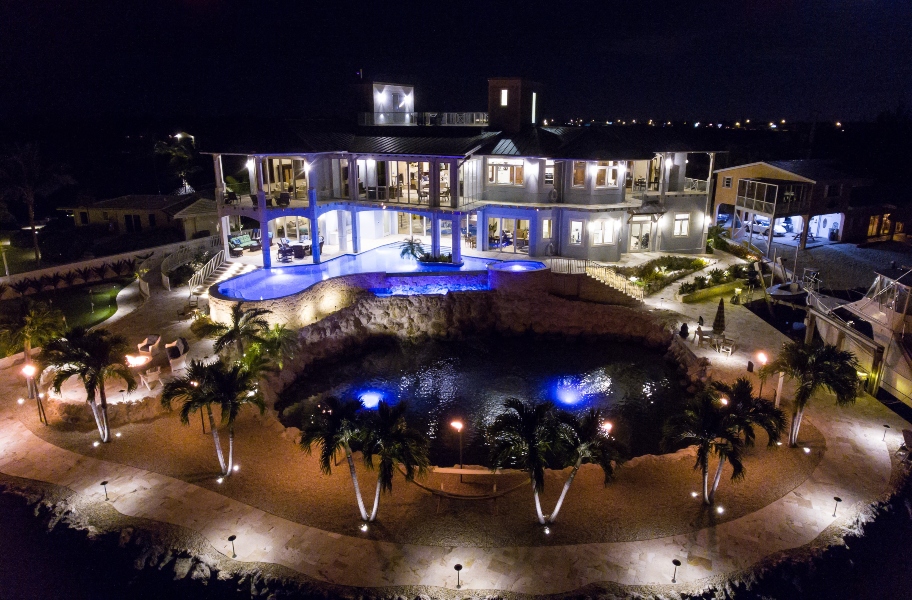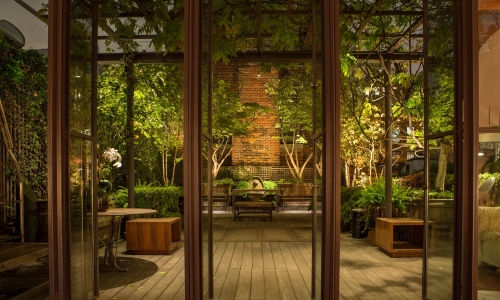Outdoor living, and coastal living in particular, has never been more affected by the impacts of climate change. Extreme weather and rising tides are resulting in significant wear and tear for landscapes, exterior housing materials and technologies, justifying the need for adopt a more climate resilient approach when designing outdoor audio or lighting systems..
Being based in South Florida, many of us have experienced the environmental shift firsthand; the increasingly harsher elements experienced along the coastline and beyond are no doubt putting a strain on outdoor living.
This has led homeowners to recognize the need for more climate resilient solutions on their own – especially for their outdoor lighting and audio solutions. That’s why it’s integral that both integrators and manufacturers work to design products and systems that can withstand the elements, now and in the future, to ensure outdoor living spaces look and sound their best.
As an industry, it’s time to put climate change front-and-center when considering resilient designs for our outdoor technology solutions.
First, Learn What You’re Up Against
Before you can develop outdoor products to withstand the elements, you must first learn how salt water, humidity, and high winds wear away speaker housings and light fixtures, analyze how these conditions impact performance and reliability, and learn when and where to expect maintenance and repairs to occur.
It’s impossible to develop solutions to problems without first understanding exactly what you’re dealing with. Unless you’ve lived through a hurricane, tidal surges, and torrential rainfall, it’s difficult to grasp the severity of the situation and formulate a plan to battle these extreme conditions.

Take the region of South Florida like I mentioned earlier. For any dealer operating within this region, they need to know which materials, technologies and designs work in harsh environments battered by moisture, wind and salt. The high expectations of luxury homeowners will demand no less.
Manufacturers for outdoor lighting and audio systems, therefore, need to have a deep respect for the coastal climate and landscape, and an understanding of the unique challenges encountered by systems integrators and designers so they can design solutions that withstand the elements.
In addition to understanding the climate and manufacturing products accordingly, it’s important to accurately test that they work. Testing products before they go to market by using the outdoors, inside salt and UV chambers helps ensure that they can withstand harsh environmental elements.
Product Designs Need to Evolve to Meet Environmental Demands
No matter how extreme the scenario, products should be able to stand up against these weather events. An outdoor light fixture should still shine brightly underneath a flooded yard. Speakers should be able to still perform without melting down to extreme heat. Still, there’s always a chance that something will malfunction, and for that, modularity becomes its own form of climate resilient design.
Rather than toss out and replace the entire fixture, integrators should be able to detach a module containing all the technology and circuitry from the fixture, which stays intact. A new module should then be able to snap back in place, which streamlines maintenance and reduces waste. As new modules are introduced, they can be added to keep the system up to date, performing optimally and defying the elements.

Enclosures should be field-tested and sealed to prevent water, moisture, and dirt from seeping into the circuitry but with strategically placed, protected vents to ensure optimal audio performance. That way, integrators get all the advantages of a sealed cabinet without the typical audio compromise.
Materials also matter, and integrators should be on the lookout for the ideal composition to withstand heat, moisture, and other outdoor elements. Conditions are growing more intense every day, keeping a close pulse on climate resilient designs and selection of materials mean being able to keep up with client expectations.
For example, brass, extruded/machined aluminum, and specialty composites resist corrosion better than other materials like the commonly used and inexpensive cast aluminum, so, when designing for more climate resilient systems, elect to use products with these superior materials.
Furthermore, in order to combat heat build-up that occurs naturally when speakers are exposed to high temperatures and sunlight, look for landscape speakers that use internal heat synching technology that allows the internal heat generated by the speaker drivers to be efficiently conducted to the outside environment. Based on our own thermal analysis, this has the potential to double the lifespan of outdoor speakers.
Being Climate Resilient Out of Necessity

I imagine many integrators have seen the proverbial writing on the wall as they struggle to find products that are capable of handling the harsh coastal weather without continual maintenance or repair. Revisiting projects, as we all know, eats into precious time and resources, and integrators have plenty on their plate already without having to run back and forth maintaining projects they’ve already completed.
Climate resilient design, especially in areas like South Florida, should therefore be seen as a necessity. After all, what once was a niche market has skyrocketed into one of the fastest growing segments of the integration industry. Monetizing this market is the next great opportunity for integrators. Lighting and speakers that are built to last and perform reliably in severe outdoor conditions pave the way to greater partner sales and profitability.
And outdoor technology manufacturers should take note of this, too. In the realm of climate resilient technology, research and development should be a major priority. When an integrator encounters challenges or identifies a need as they design and deploy outdoor lighting and speakers, manufacturers should immediately set to work to develop a solution.
These observations will help everyone stay one step ahead of climate change–and the competition. It’s one thing to design products that meet certain performance specs; it’s quite another to innovate based on what’s necessary in the field.
As an industry, we can rise to the challenge through comprehensive and consistent field- and laboratory testing to ensure the products you install today can take on whatever Mother Nature throws at them.
Franco D’Ascanio is the Co-Founder and CEO of Coastal Source.







